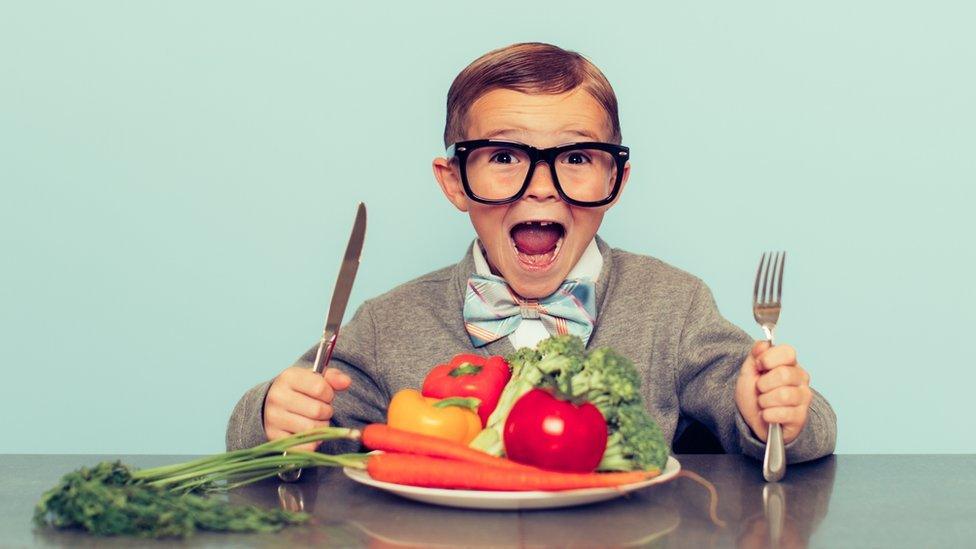How does food impact the environment?
- Published
- comments
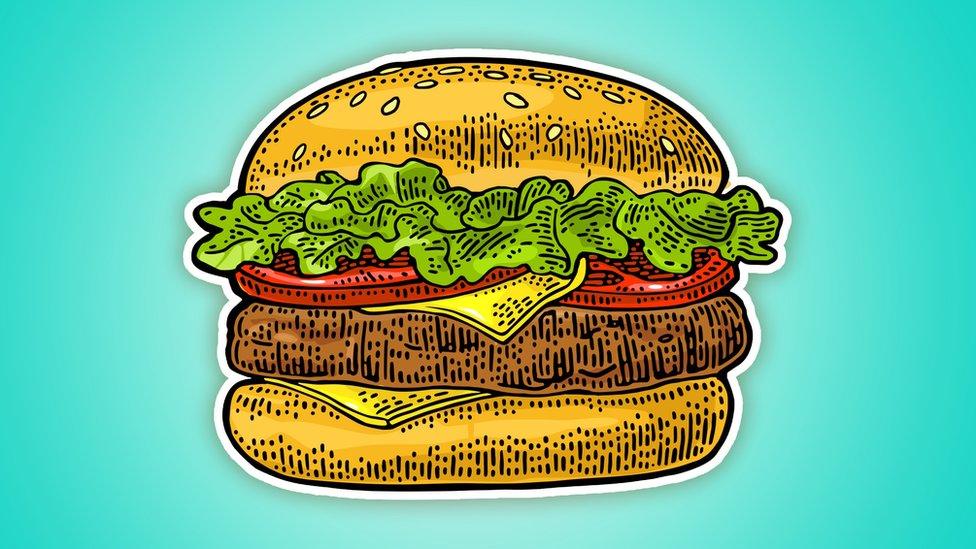
Ooh, look at that burger. It's so big! It's so delicious. It's so... not real. (Why are we drooling so much over a drawing?)
There are few things in life that make us quite so happy as food - and a tasty burger can do a lot to boost your mood.
But how does the environment feel about us chowing down on a burger? Is it that important?
Well, recent studies have shown that what we choose to eat can have a big effect on the planet.
Interested? Let's deconstruct this delicious burger and find out how much it impacts the world around you.
How does eating meat affect the environment?
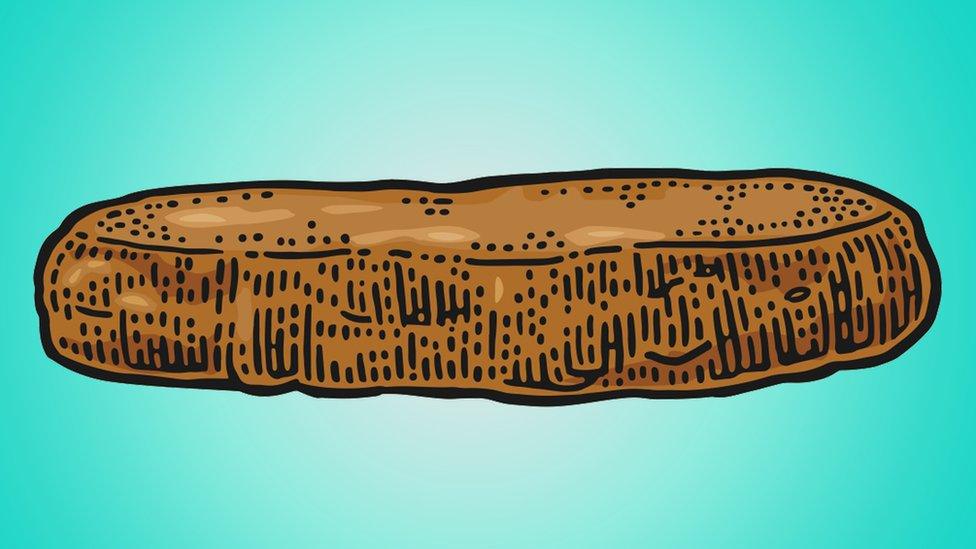
Now, this may come as a shock, but a beef burger is not the most innocent piece of food on your plate.
In fact, livestock (animals raised for meat production) are thought to contribute up to 14.5% of people's greenhouse gas emissions.
Food that comes from cows in particular is considered to be one of the biggest problems for the planet.
This is because of a number of reasons:
Energy: Animals, particularly cows, need a lot of water and food. To rear animals for food means keeping them healthy, warm and well-fed and this takes a lot of energy, time and resources.
Land: In 2012, a United Nations Food and Agriculture Organization report found that 26 percent of the earth's terrestrial surface is used for livestock grazing.
Pollution: Animals produce a lot of waste, including methane gas, which must be dealt with properly or it damages the environment.
Efficiency: Out of all the food groups, meat is probably the least efficient of all of them because it takes so much energy to produce, but doesn't provide as much energy as things like fruit and veg.
One 75g beef burger contributes nearly 8kg of greenhouse gases per serving. By comparison, that's almost four times the amount of greenhouse gasses produced by fish.
This is why more people are choosing to be vegetarian or vegan - because removing meat from your diet reduces the impact on the environment.
But, if meat is something you can't see yourself living without, the best thing you can do is reduce the amount you have.
Having red meat (beef, pork and lamb) only once or twice a week will do a load of good for the planet.
You can get protein from lots of other places - beans, nuts, eggs and tofu all make great, environmentally-friendly alternatives.
How does eating bread affect the environment?
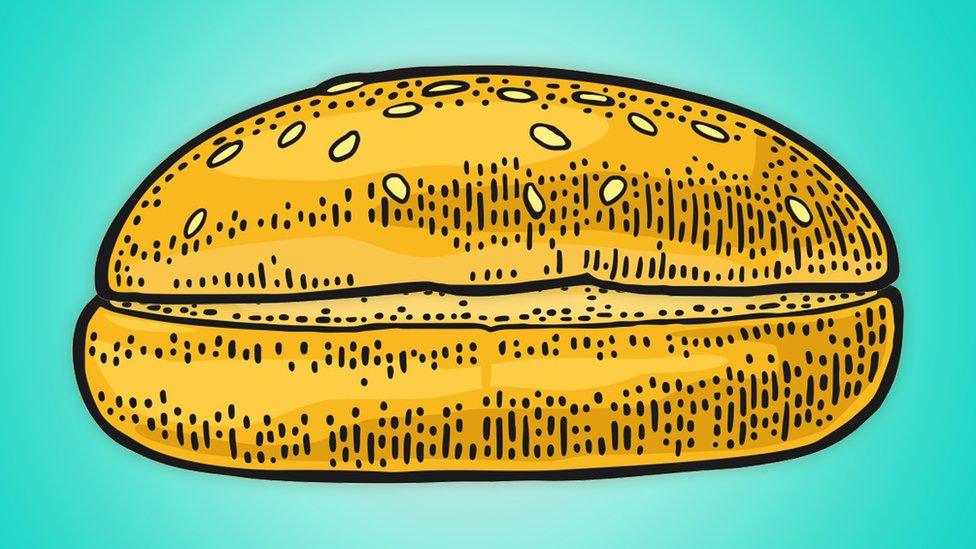
Bread. Some see it as simply a way to hold the best parts of a sandwich together, but to others it is so much more.
On the whole, bread has a relatively small impact on the environment compared to other food groups.
And it's better for the environment than thirsty rice, which needs a lot of water to grow.
Things like milling (how you grind up wheat to make bread) and baking take a lot of energy.
But the biggest contributor to emissions is in fact the fertilisers used to grow wheat.
A study from the University of Sheffield in 2017 found that as much as 43% of bread's carbon emissions comes from fertilisers!
Wasted bread is also an issue reveals charity Love Food Hate Waste. According to figures in 2015, a quarter of us throw bread away before we reach the end of the loaf.
Whoops!
So to minimise your impact? Buy only the bread you need, and make sure you finish that loaf instead of throwing it in the bin.
How does eating dairy affect the environment?
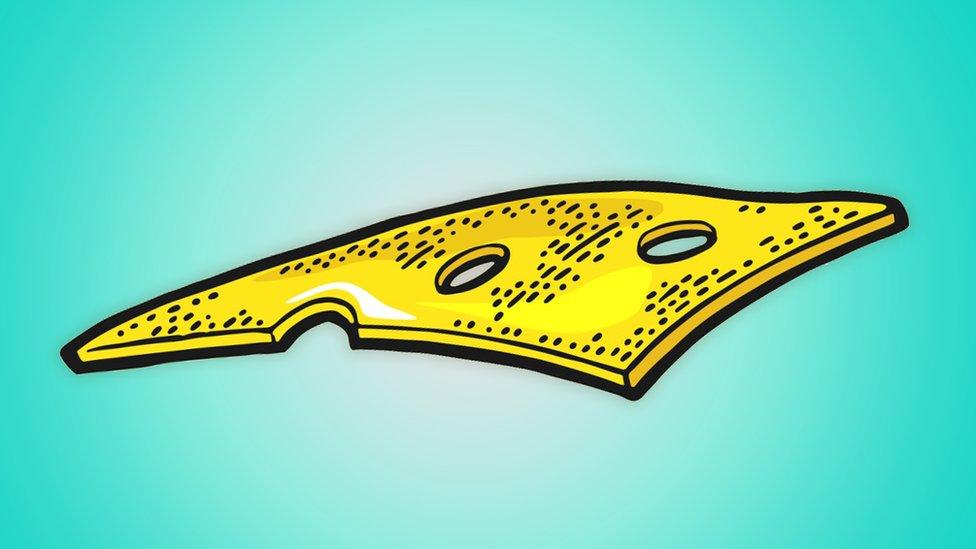
Dairy is everywhere! You have it on your cereal, with a cup of tea, a spoon of ice cream and of course - it makes your delicious cheese!
But dairy, unfortunately, does have a number of similar problems to meat production.
Firstly, if you were not already aware, milk comes from cows.
Cows, as we now know, are huge part of greenhouse gas emissions and environment damage.
The World Wildlife Fund charity estimates that there are 270 million dairy cows in the world!
In fact, if you drink one glass of milk a day for a year, creates the same amount of greenhouse gas emissions as driving a car 585 miles.
It would also take 45,733 litres of water to produce that much milk, which is the same as 703 showers lasting eight minutes! That's almost two years of showers!
So what can you do to reduce your carbon footprint?
Similarly to meat, try to reduce the amount of dairy you have each week.
You can even swap out milk for a more environmentally friendly option like soy milk or oat milk.
How does eating fruit and vegetables affect the environment?
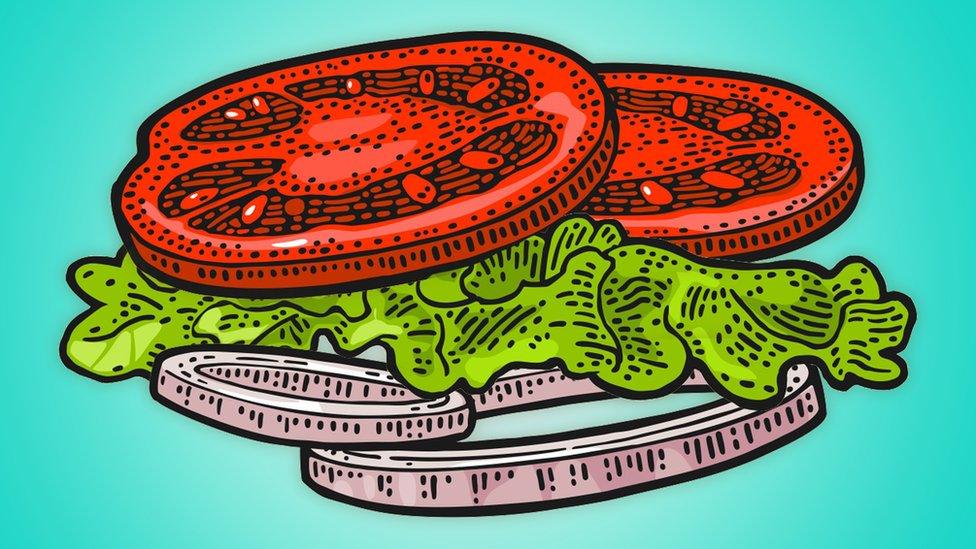
Last, but certainly not least, is good old fruit and vegetables.
To some of you they're the bit you eat around... But they are actually the most environmentally friendly part of your dinner.
A new 'planet friendly' diet, designed by a group of 37 scientists, says that non-starchy vegetables and fruit should make up the biggest part of your plate.
So go ahead and fill your boots with vegetables, including beans and pulses!
Where your food comes from - food that travels from countries far away from the UK will have a bigger carbon footprint than food grown locally.
No one is perfect - Try your hardest to think about the impact the food you choose has. You can still treat yourself to the food you love.
Have fun and get creative - try new recipes and experiment with different kinds of food until you find stuff that works for you and the planet.
- Published17 October 2018
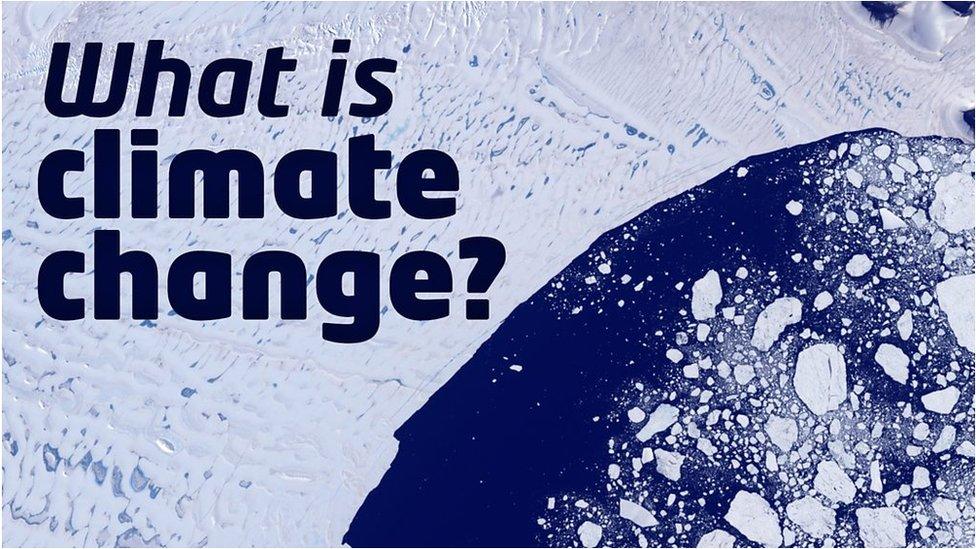
- Published27 November 2018
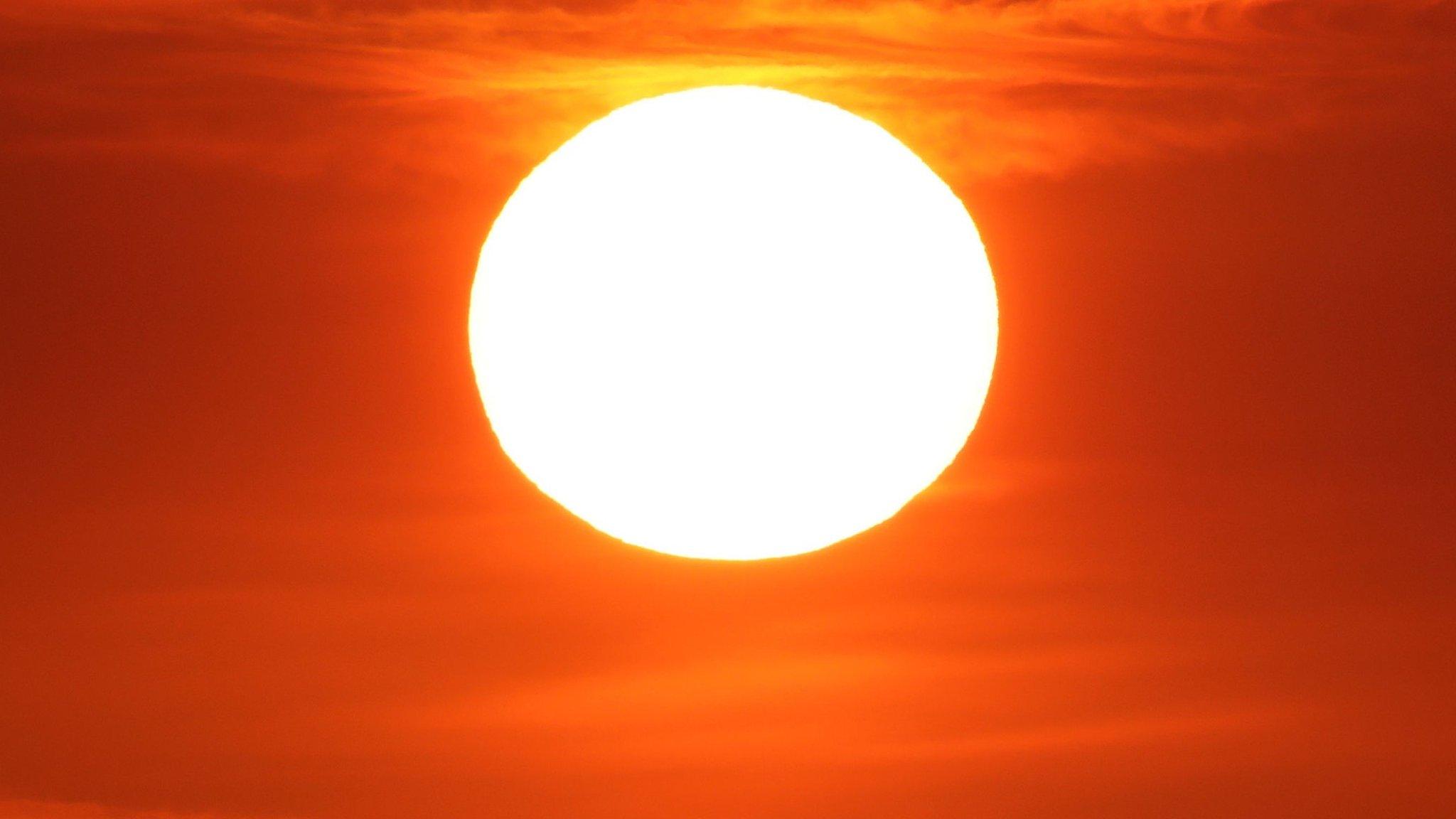
- Published10 January 2019

- Published5 January 2021
